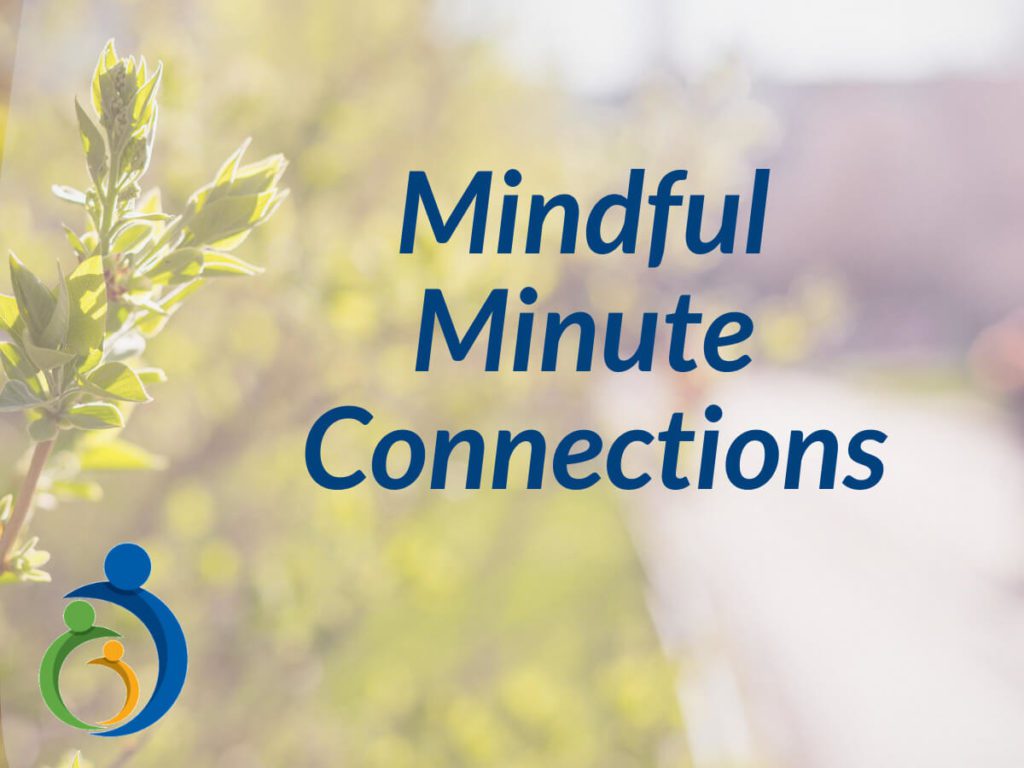
This blog post was written by Shanleigh Bechard, MS, LPC, NCC, a mental health therapist at the Beloit Area Community Health Center and is currently accepting new clients.
Spending time outdoors is proven to have positive outcomes
The benefits of spending time outdoors are well researched and documented, and include a wide range of positive outcomes on emotional and physical well-being. These include decreased feelings of depression, anxiety, and stress, and increased feelings of joy, happiness, interconnectedness, gratitude, and contentment.
Time outdoors is also associated with lower blood pressure, improved immune system functioning, reduced inflammation, and even improved sleep. (Bowler et al. 2010; Collado et al. 2017; Lades et al. 2020).
Even brief nature breaks have positive impact. A 2019 Harvard study found that just 20 minutes outside can lower stress hormone levels. In sum, spending time outdoors increases positive feelings, decreases negative feelings, and makes us physically healthier.
The pandemic has affected us all
Over one year into the COVID-19 pandemic, the ability to spend time outdoors holds even more importance than before. Approximately 18 months ago, the onset of the pandemic demanded lockdowns and social distancing orders, resulting in decreased social interaction and decreased time spent outside of the home.
Although the lockdown orders have been necessary prevention public health measures, the impact on emotional well-being has been significant. Evidence has shown that social distancing and lockdown orders have led to increased depressive symptoms, anxiety, and severe stress, which is consistent with research on the psychological consequences of other pandemics (Gao et al. 2020; Newby et al. 2020; Qiu et al. 2020; Tull et al. 2020; Wang et al. 2020).
Although the distribution of vaccines has increased hope and shown us the light at the end of the tunnel, we still do not know if or when our lives will fully return, “back to normal.” The good news is that with warm temperatures and increased hours of sunlight, it is becoming easier and easier to spend time outside.
“Time spent among the trees is never wasted time.”
Katrina Mayer
Tips for getting more outdoors time
Here are some ideas and tips for using nature to cultivate well-being:
Start Small
Implementing any healthy change can sometimes feel overwhelming. Setting small goals of a just few minutes outside per day can be a manageable place to start.
Take a nature break from work
It’s hard to make time to get outside during a busy workday. But remember that just a few breaths of fresh air can have huge impact. Setting a timer or making an appointment can help remind us to prioritize taking care of ourselves. Even a short break in the day can help us return to work refreshed and can even improve our productivity.
Bring nature indoors
With busy work from home schedules, childcare, and rainy days, some days it feels impossible to get outside. Opening the blinds and windows, or placing plants and flowers around the home can encourage connection to nature even while stuck inside.
Pay attention
What’s the point of being outside if we spend that time stuck in our thoughts? Engaging our senses, paying attention to the colors, smells, sounds, and feel of the nature around us, can quickly get us out of our heads and into the present moment. Not only does this give us a break from our thoughts, but it allows us to more fully experience the beauty of the natural world.
Get the kids involved
Gratitude and appreciation for nature is a beautiful gift to give the young ones in our lives. Encouraging children to play outside builds healthy habits early, and keeps us accountable with making time for connection with nature.
Combine nature with movement
Want even more benefit? Move and sweat outdoors! Walking, gardening, hiking, biking, rollerblading, yardwork, kayaking, and playing sports or games with kids are fun ways to gain the benefits of nature and also exercise. Finding something we truly enjoy helps us feel excited and motivated to get outside.
Form a routine
Like any self-care strategy, prioritizing time for outside takes dedication and planning. Starting small, scheduling nature time, and sticking to a routine can help us continue to get outside day after day.
“Spring is nature’s way of saying, ‘Let’s party!’”
Robin Williams
References
- Bowler, D. E., Buyung-Ali, L. M., Knight, T. M., & Pullin, A. S. (2010). A systematic review of the evidence for the added benefits to health of exposure to natural environments. BMC Public Health, 10, 456.
- Collado, S., Staats, H., Corraliza, J. A., & Hartig, T. (2017). Restorative environments and health. In O. Navarro, G. Fluery-Bahi, & E. Pol (Eds.), Handbook of environmental psychology and quality of life research (pp. 127-148). Dordrecht: Springer.
- Gao, J., Zheng, P., Jia, Y., Chen, H., Mao, Y., Chen, S., et al. (2020). Mental health problems and social media exposure during COVID-19 outbreak. PLoS ONE, 15(4), eo231924.
- Lades, L., Laffan, K., Daly, M., & Delaney, L. (2020). Daily emotional well-being during the COVID-19 pandemic. PsyArXiv.
- Newby, J., O’Moore, K., Tang, S., Christensen, H., & Faasse, K. (2020). Acute mental health responses during the COVID-19 pandemic in Australia. PLoS ONE, 15(7), eo236562.
- Qiu, J., Shen, B., Zhao, M., Wang, Z., Xie, B., & Zu, Y. (2020). A nationwide survey of psychological distress among Chinese people in the COVID-19 epidemic: Implications and policy recommendations. General Psychiatry, 33(2), e100213.
- Tull, M. T., Edmonds, K. A., Scamaldo, K. M., Richmond, J. R., Rose, J. P. & Gratz, K. L. (2020). Psychological outcomes associated stay-at-home orders and the perceived impact of COVID-19 on daily life. Psychiatry Research, 289, 113098.
- Wang, C., Pan, R., Wan, X., Tan, Y., Xu, L., Ho, C. H., & Ho, R. C. (2020). Immediate psychological responses and associated factors during the initial stage of the 2019 coronavirus disease (COVID-19) epidemic among the general population in China. International Journal of Environmental Research and Public Health, 17(5), 1729.













